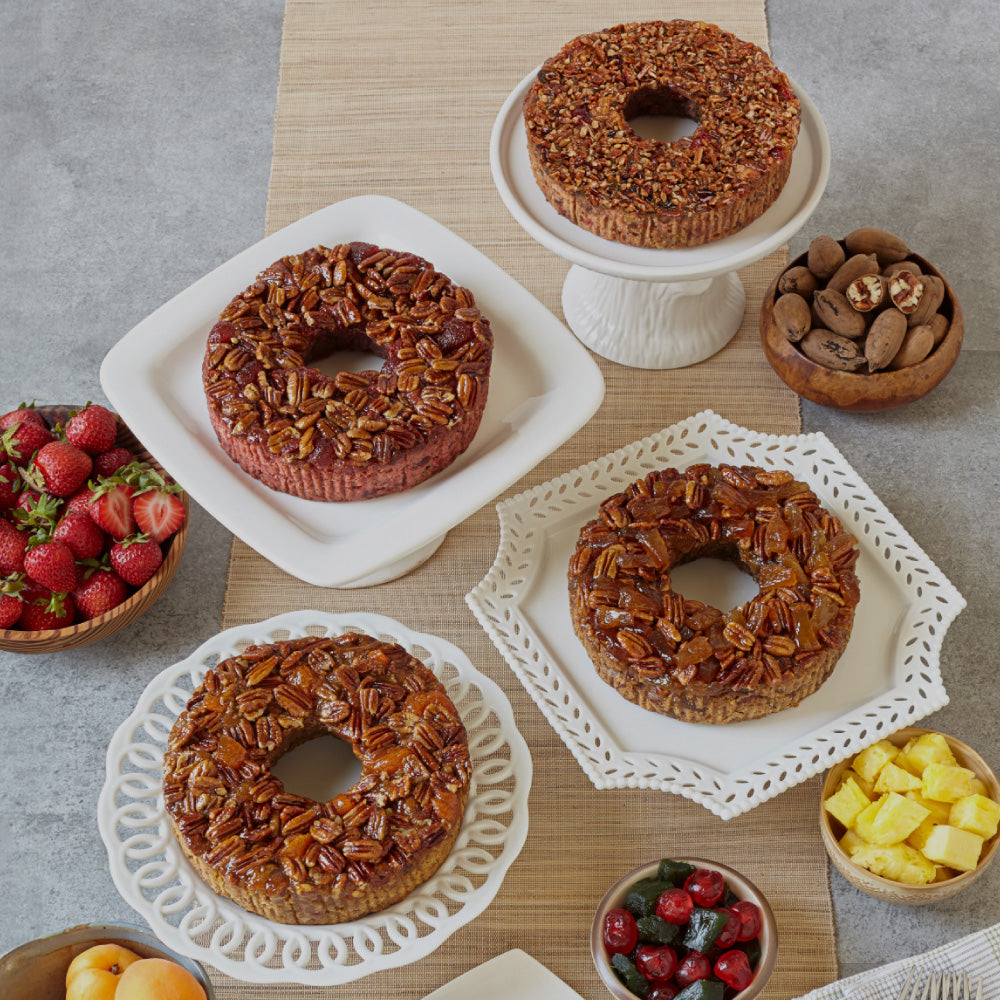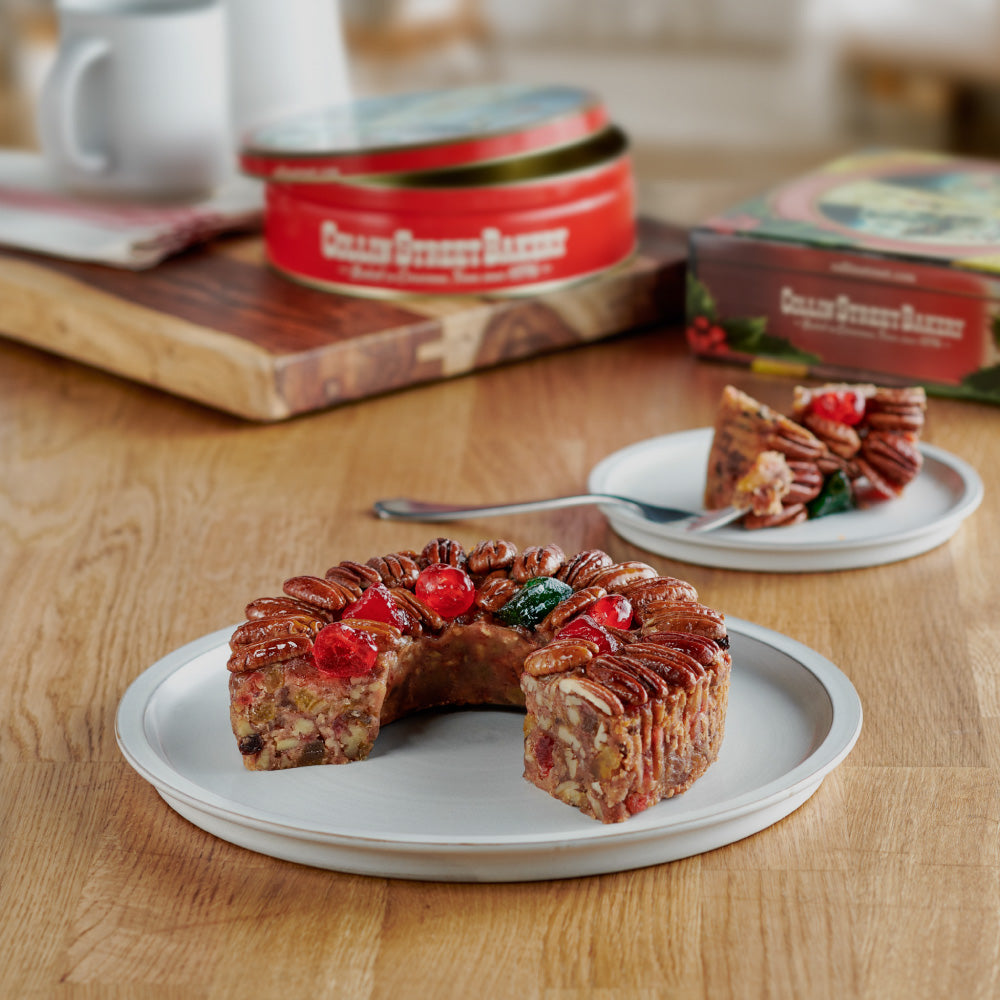How Coffee Goes From Crop to Cup
Here’s the dealio. Most of us today have enjoyed a cup of coffee. For many, it’s a part of our morning routine. We wake up, drink some java, and start the day. But, how much do we actually know about coffee? For example, how does coffee get from crop to cup? Well, that’s a question we knew we’d be able to help answer. So today, we are sharing with you the journey of coffee, from bean to brew.
7 Interesting Cofee Facts
FACT #1:
The origin of coffee can be traced back to the Kaffa regions of Ethiopia. Legend has it that coffee was first discovered by a goat herder on the Ethiopian plateau. This goat herder noticed how his goats, after nibbling on beans from an unknown bush, were unusually hyper and excited. After happening upon a neighboring monastery, the goat herder reported his findings to one of the monastery's monks. The monk, a rather curious man, went in search of the beans. Gathering a small bundle, he took them home, brewed the beans in hot water, and drank. When drinking the hot bean water, he was astonished at his ability to stay alert through long hours of evening prayer. After sharing his experience with others, word of the bean’s capabilities spread, and thus the world’s obsession with coffee was born.
FACT #2:
There are some odd 100 species within the coffee (Coffea) genus. These species of coffee are cultivated in more than seventy countries, mostly located in the equatorial regions of Central and South America, Africa, and Southeast Asia.
FACT #3:
These 100 different species of coffee fall into two categories: Coffea Arabica and Coffea Robusta. Arabica beans produce a better-tasting coffee, having twice the concentration of sugar. Collin Street Bakery’s Cinchona Coffee is made from 100% Arabica coffee beans.
FACT #4:
Coffee plants produce either white or red berries, called “cherries.” These cherries contain the actual coffee seed, otherwise known as beans. Most coffee berries contain two seeds. However, a very small subset of berries only produce one seed; these single seeds are known as “peaberries."
FACT #5:
Vineyard and coffee fields share many similarities. The geographic differences of each field, such as elevation, sun exposure, and rainfall, can have impactful effects on the palatable qualities of the crop.
DID YOU KNOW?—our Cinchona® Coffee is grown high on a mountain in Costa Rica, where the elevation is roughly 4,000 feet (~1,220 meters). Coffee plants grown at this elevation tend to produce higher density, less porous beans. These beans are considered more desirable because of their ability to withstand a longer roasting process.
FACT #6:
Dense beans can be roasted much longer, producing coffees with a much darker flavor profile—think french roast and espresso.
FACT #7:
Coffee has varieties of aromas and flavors. The flavor profile of our Cinchona® Coffee has an intense, fragrant aroma with hints of brown sugar. The body of our coffee is round with tropically citrus flavors.
DID YOU KNOW?—wine expert is called a ‘sommelier’ and they ‘taste’ wine. A coffee expert is called a ‘coffee sommelier’, and they ‘cup’ coffee.
Craving a cup of coffee?—Try our Cinchona® Coffee!
Characterized by its fragrant aroma, round body, and bright flavor, our coffee has earned praise from coffee connoisseurs across the world. Served and sold exclusively by Collin Street Bakery, a bag of our Cinchona® Coffee is the perfect gift for the coffee lover in your life. Whether taken with cream and sugar or enjoyed black, we bet you won’t be able to stop at just one cup.












Leave a comment
This site is protected by hCaptcha and the hCaptcha Privacy Policy and Terms of Service apply.